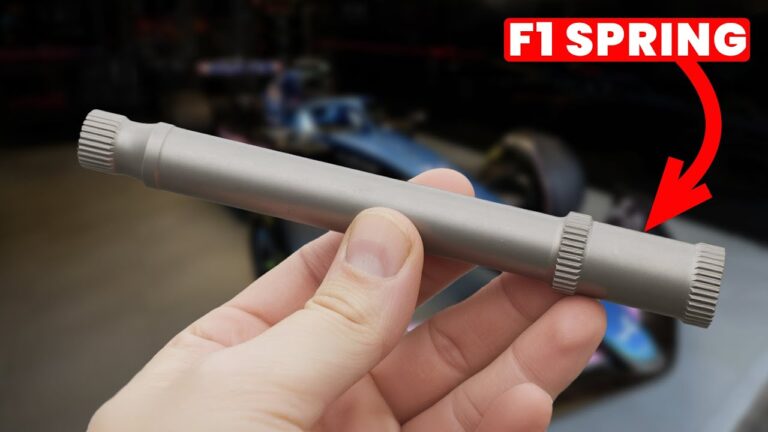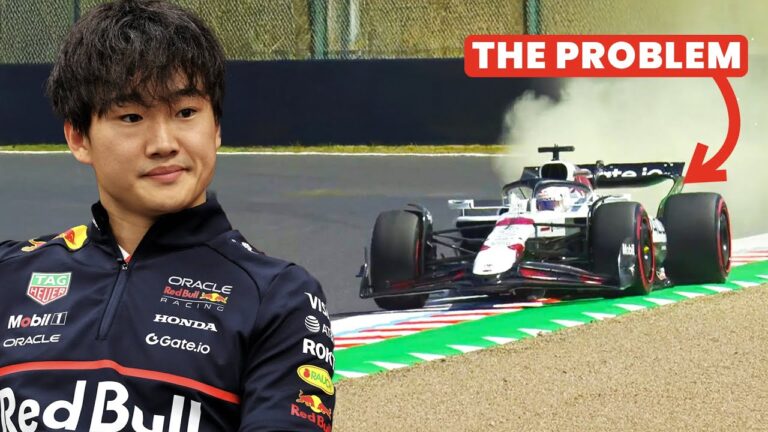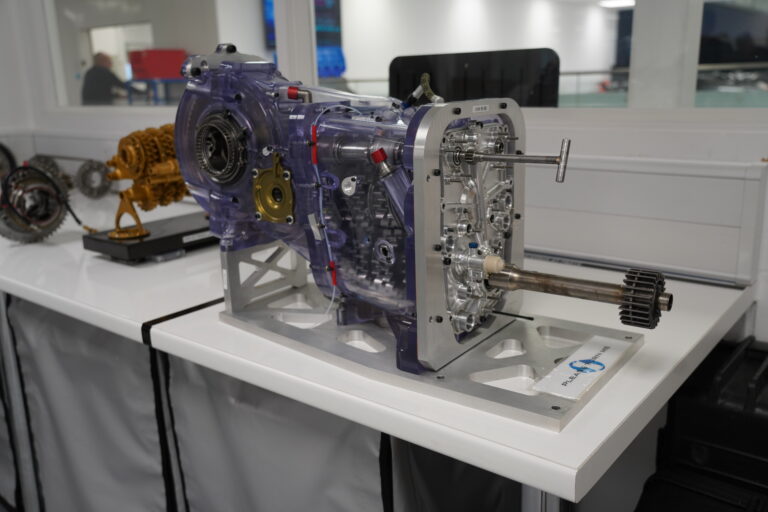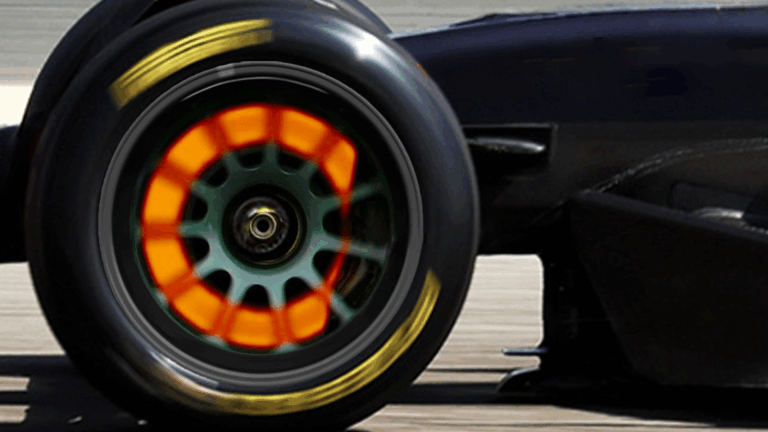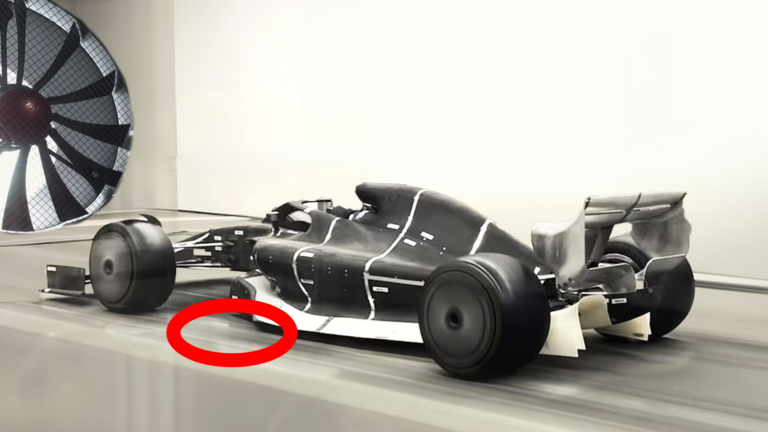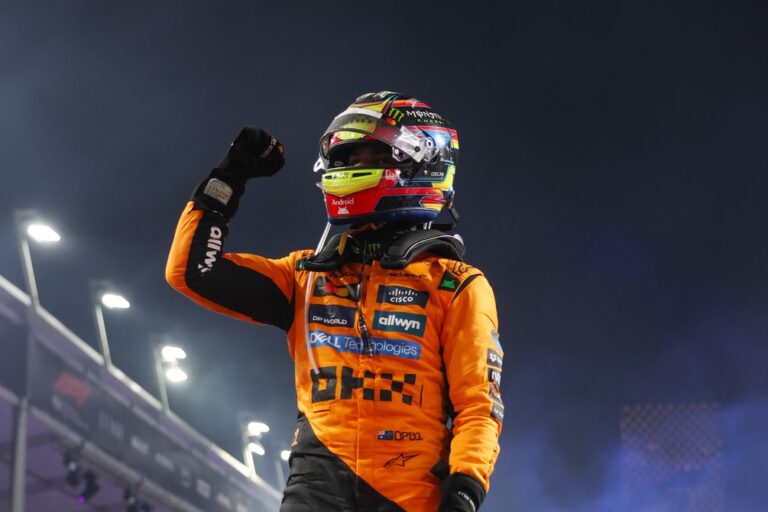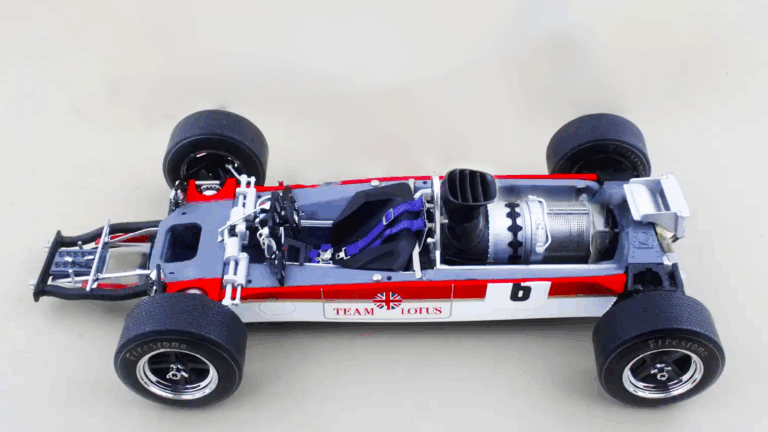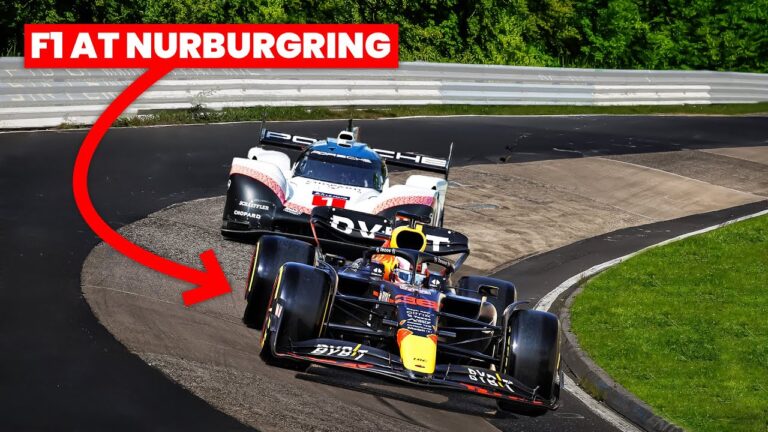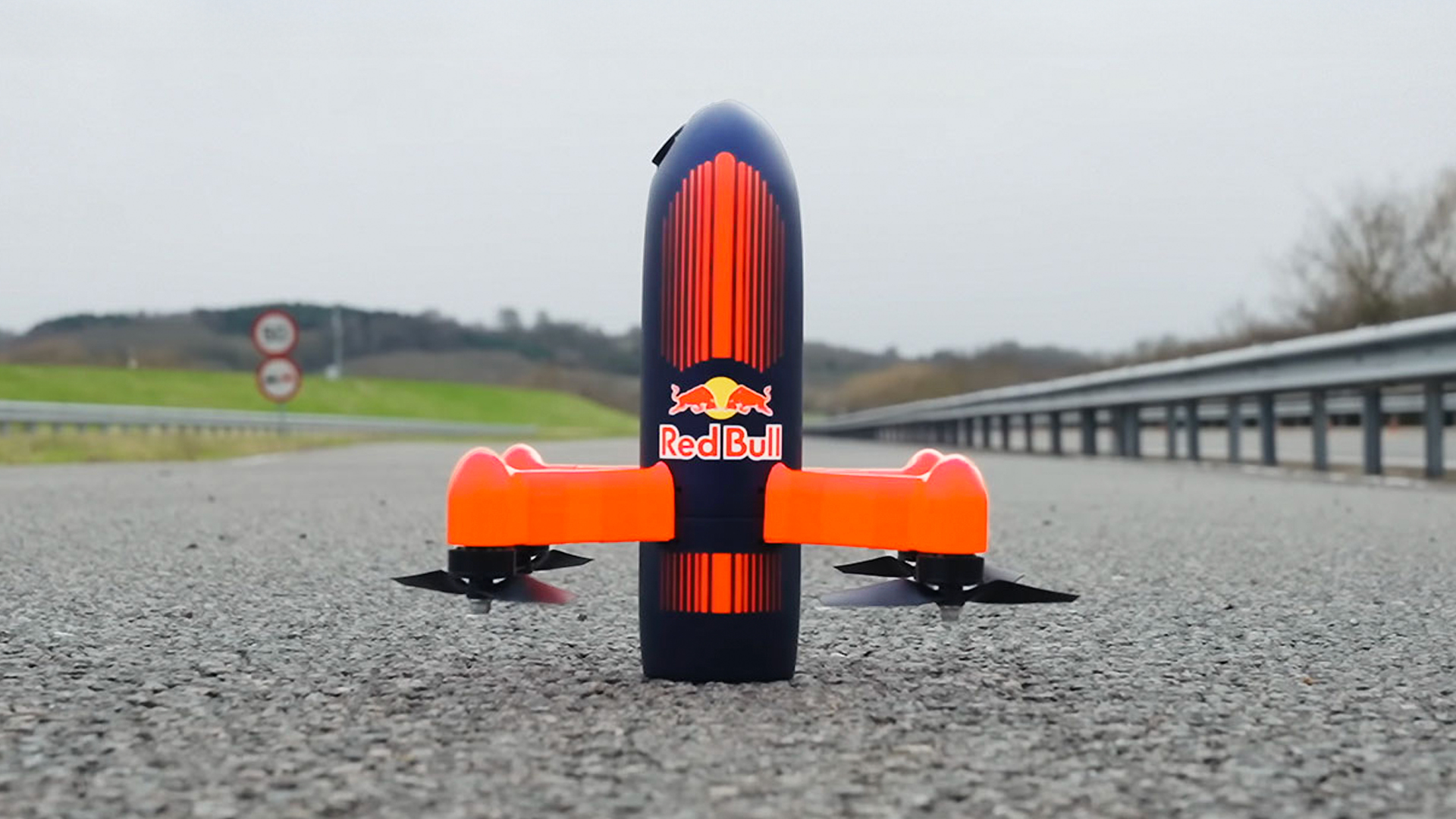
In a remarkable demonstration of speed and engineering, a custom-built racing drone recently went head-to-head with a Formula 1 car around the iconic Silverstone circuit – and emerged victorious. This wasn’t just a casual race in a straight line but a full test around one of the fastest tracks on the F1 calendar, known for its high-speed corners and challenging layout. The performance of this drone showcased the evolution of high-performance drones and their surprising capabilities, even against the best that motorsport has to offer.
The Challenge: Outrunning a Formula 1 Car
Red Bull, famous for pushing the limits in both motorsports and engineering, brought one of their Formula 1 cars to race against this drone, specifically designed for speed. Unlike standard drones that might top out around 90 mph, this machine can reach a staggering 120 mph and accelerate from 0 to 185 mph in just four seconds. For comparison, this acceleration beats the F1 car handily, highlighting the potential of drone technology when it comes to speed and maneuverability.
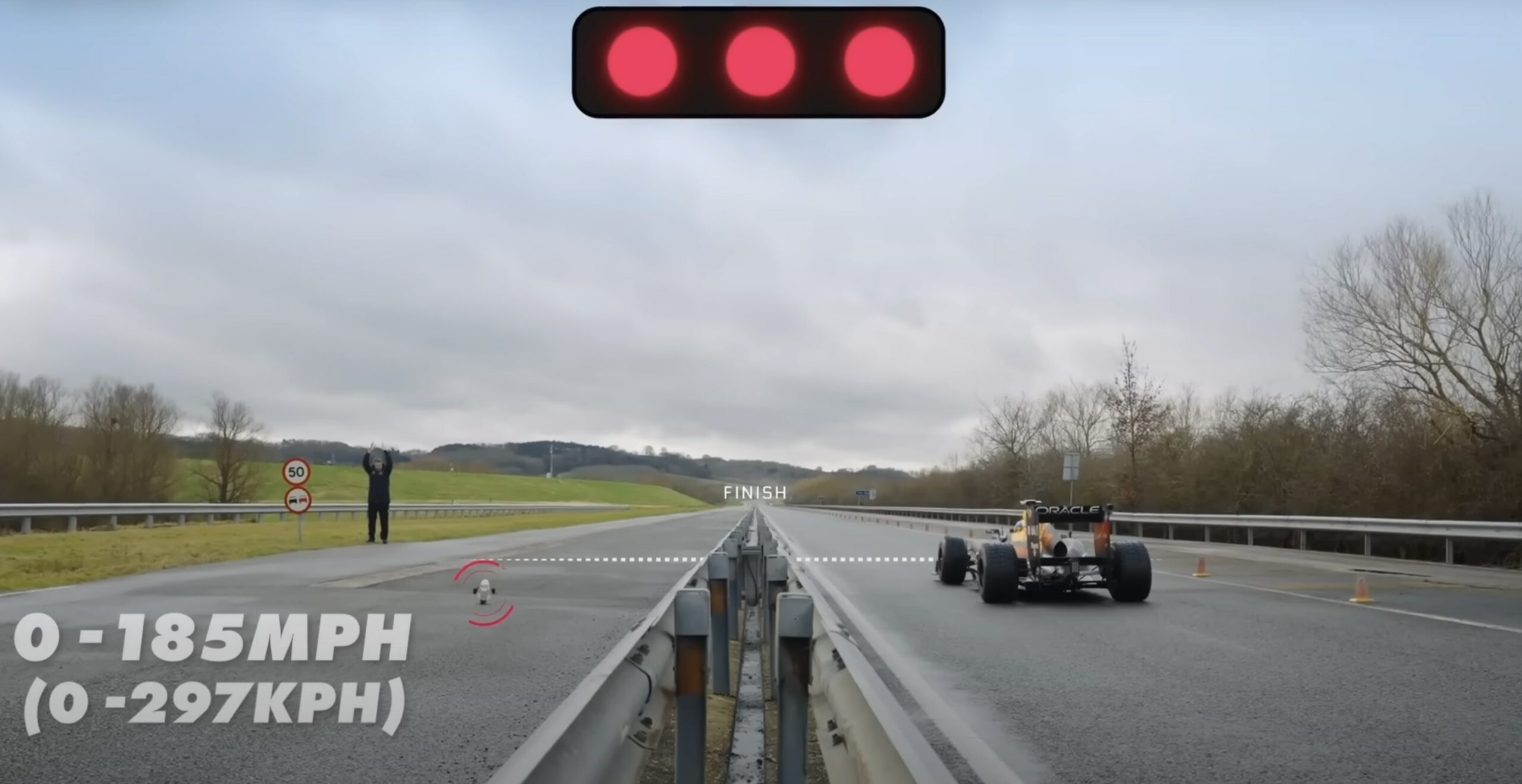
A New Drone Design to Break Barriers
Typical racing drones are quadcopters, featuring four propellers for lift and maneuvering. However, a quadcopter design has limitations when it comes to top speed. The team from Dutch Drone Gods, the creators of this ultra-fast drone, knew they needed a different approach. Standard quadcopters pitch forward to move, increasing drag and slowing them down. To overcome this, the team developed a unique rocket-inspired design where the propellers are positioned to push the drone forward more directly.
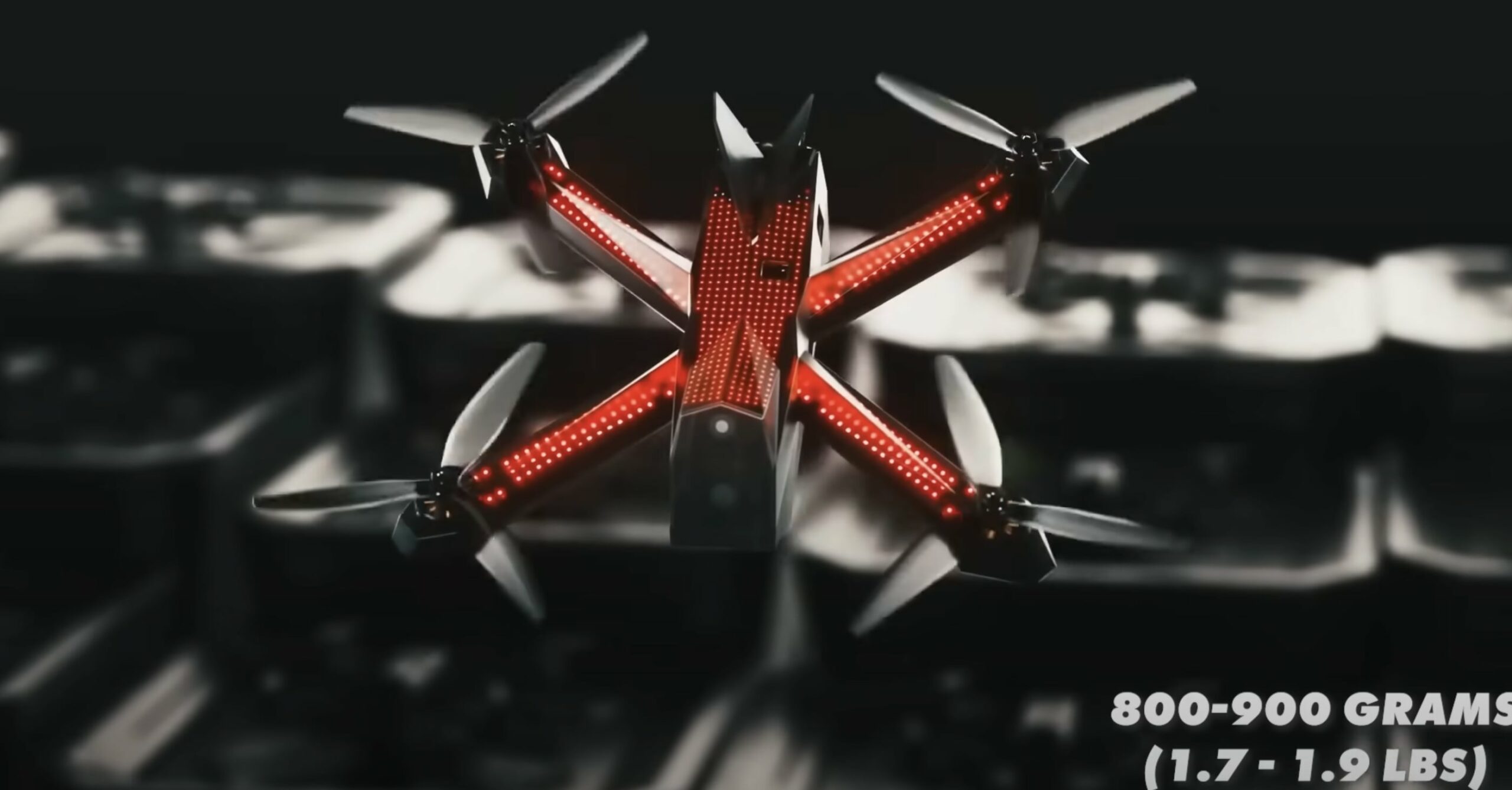
To improve stability, they added a nose to the front of the drone, allowing it to fly smoother and more efficiently at high speeds, similar to techniques used in previous world record attempts. This innovation meant the drone could handle sharp turns without losing control, a critical requirement for a circuit like Silverstone with its mix of slow, medium, and fast corners.
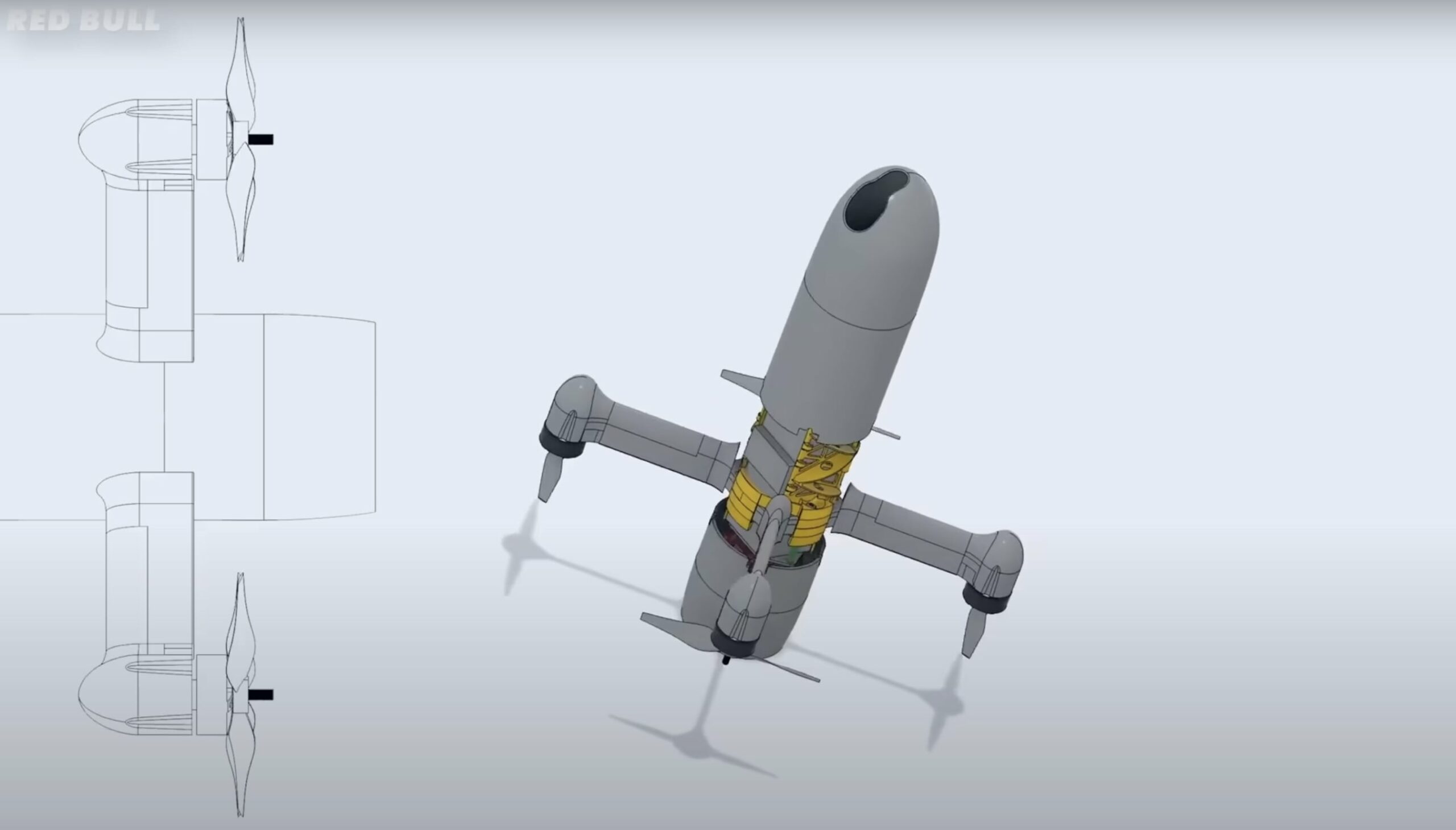
The Engineering Journey
Developing a drone capable of such feats wasn’t quick or easy. The entire project took about a year, and the drone went through multiple versions before reaching the final build, which the team internally called the “V3.” The initial version helped test different hardware components, such as batteries, motors, and propellers, while the second version integrated the GoPro camera, ensuring that the drone’s vibrations at high speeds wouldn’t interfere with the footage.

For the final iteration, they focused on reducing weight and optimizing every element. Collaborating with Red Bull Advanced Technologies, they used advanced materials for the drone’s body and canopy, ensuring it remained light without sacrificing strength. One of the key challenges was battery size and weight. A lap around Silverstone at full speed demands significant power, meaning the drone’s battery was both large and a crucial part of the weight distribution. The drone’s handling was adjusted with each tweak to battery placement, a process familiar to F1 engineers optimizing weight distribution in racing cars.
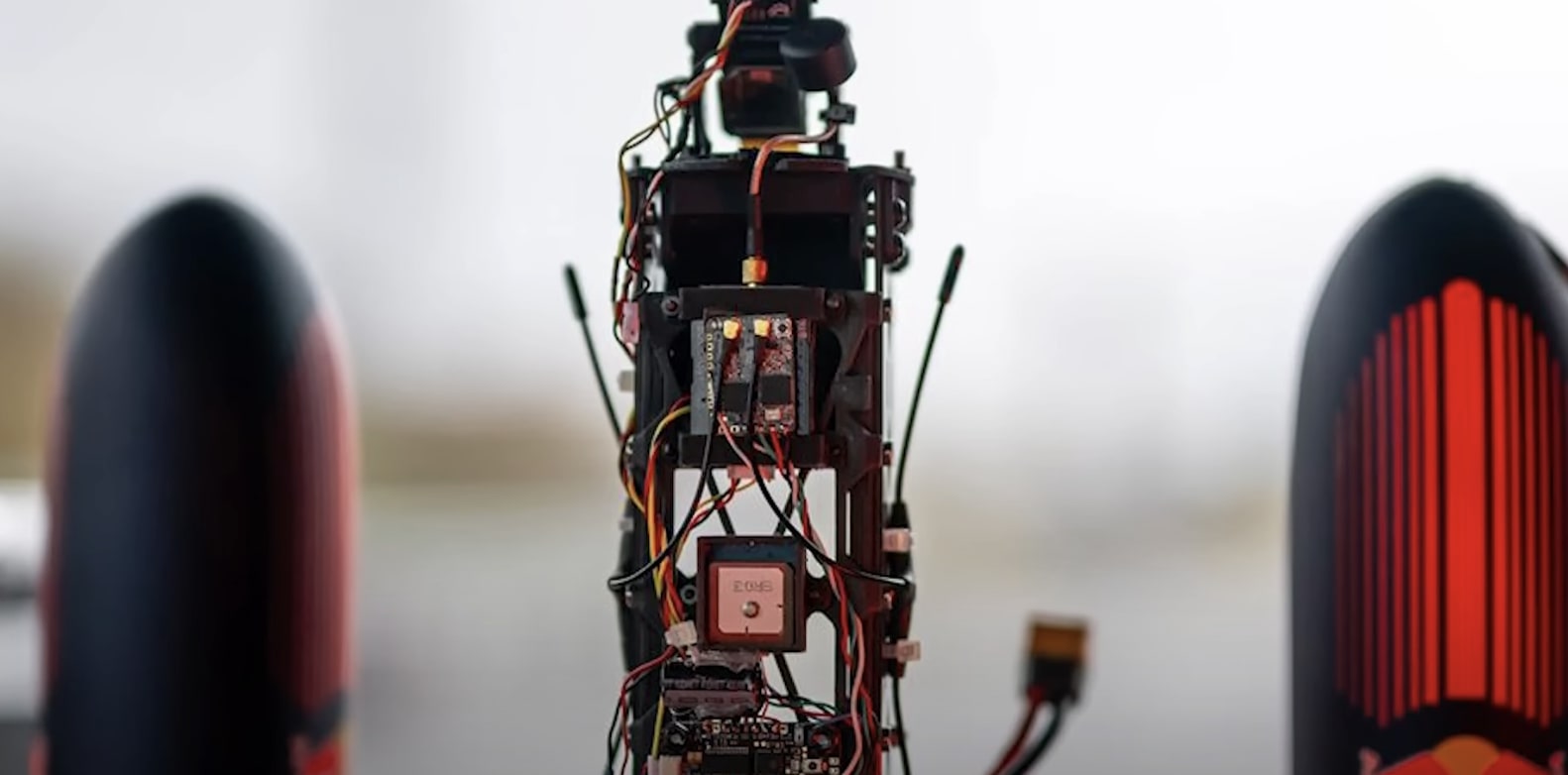
Fine-Tuning for Precision and Stability
The engineering marvel of the drone didn’t end with speed alone. To achieve sharp turns, the drone’s control system required constant adjustments, managed by a gyroscope recalculating its position around 4,000 times per second. This intense control system allows the drone to make rapid directional changes, essential for navigating Silverstone’s challenging layout. Despite this, the drone isn’t easy to fly. Unlike more consumer-oriented drones, which can stabilize themselves, this machine is fully manual, with the pilot controlling every aspect of its movement.
With a 30-millisecond delay in video transmission to the pilot’s goggles, the team ensured real-time control was achievable even at such high speeds, a feat that allowed the drone to keep pace with an F1 car.
The Race Results: Drone vs. F1 Car
In terms of acceleration and turning, the drone had a distinct edge over the Formula 1 car. Its ability to accelerate from 100 to 300 km/h in two seconds highlighted its raw power-to-weight advantage. However, braking was a different story. While the F1 car can decelerate rapidly with its advanced braking systems, the drone relied on drag alone, lacking traditional brakes or the ability to reverse motor direction effectively. This disadvantage means the drone excels primarily in high-speed sections, while the F1 car has an edge in controlled, rapid deceleration.
When considering an outright lap time, the team estimated that the drone could complete a lap at Silverstone significantly faster than the F1 car, possibly around 10 seconds quicker, especially under optimal conditions.
Future Enhancements: Pushing the Limits Further
With the current design already breaking boundaries, the team at Dutch Drone Gods is focused on further advancements. They believe improvements in battery technology could unlock even higher speeds and longer flight durations, mirroring the constant drive in motorsport for lighter, more powerful components.
This drone race serves as a fascinating case study for engineers and enthusiasts alike, highlighting how new technologies are changing the landscape of speed and performance. It also raises the question of how these advancements could influence other fields, from autonomous racing to even more ambitious drone applications.




